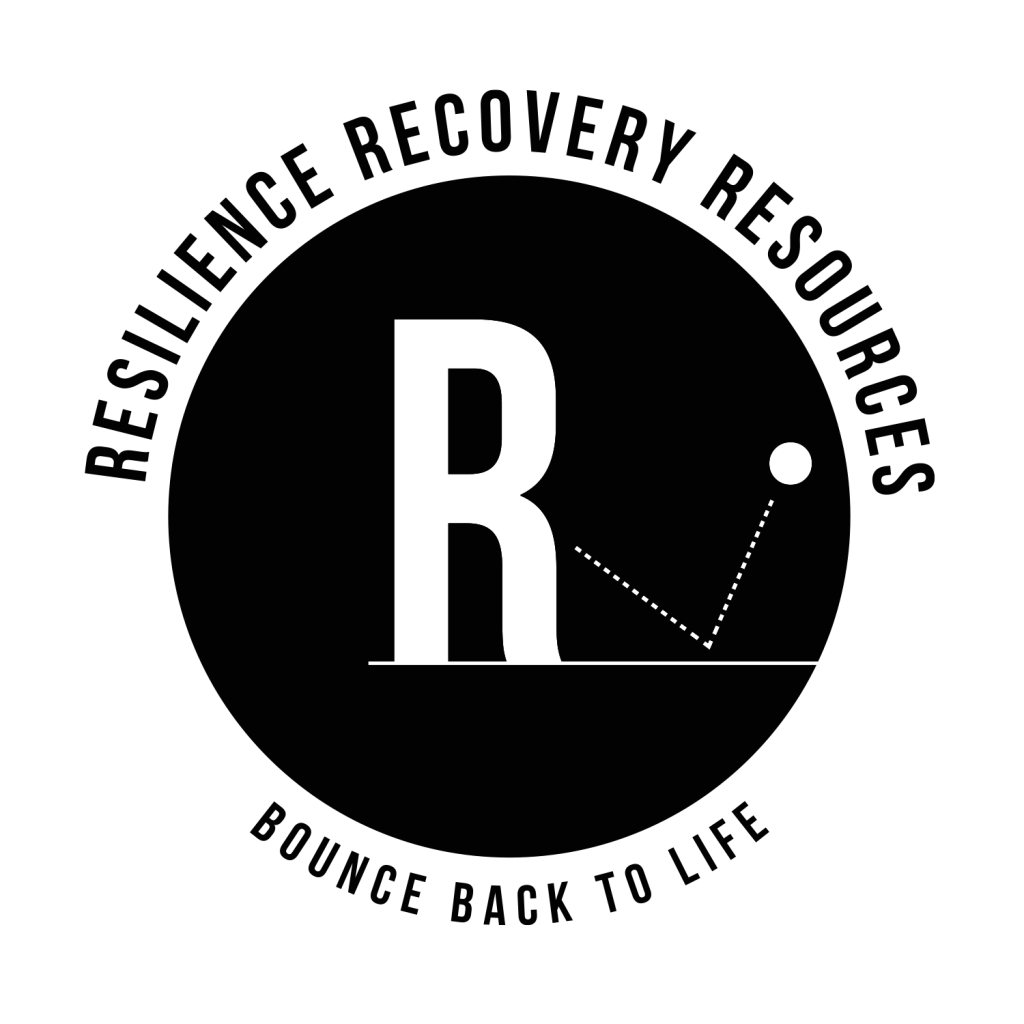As parents and caregivers, understanding teenage substance use patterns is crucial for protecting our young people. Recent data reveals important trends about which substances teens are most likely to encounter and use. Here’s what the latest research shows about current teen drug use.
The Top Three: Alcohol, Marijuana, and Nicotine Vaping Lead Teen Substance Use
According to the 2024 Monitoring the Future survey conducted by the National Institute on Drug Abuse (NIDA), alcohol remains the most commonly used substance among teenagers, followed closely by marijuana and nicotine through vaping devices.
Alcohol: Still the Number One Concern
Despite ongoing prevention efforts, alcohol continues to be the most widely used substance among American teens. The latest statistics show:
- 41.7% of 12th graders reported alcohol use in the past 12 months
- 26.1% of 10th graders used alcohol in the previous year
- 12.9% of 8th graders reported past-year alcohol use
These numbers represent a slight decline from previous years, but alcohol remains easily accessible to teens and is often viewed as more socially acceptable than other substances.
Read more: Signs of alcohol use
Marijuana: The Most Common Illicit Drug
Cannabis use among teens has remained relatively stable, with approximately:
- 29% of 12th graders using marijuana in the past year
- 18% of 10th graders reporting past-year use
- 8% of 8th graders using cannabis
Interestingly, despite increased legalization in many states, teen marijuana use hasn’t increased significantly and may even be declining slightly.
Read more: Signs of marijuana use
Nicotine Vaping: A Growing Concern
Nicotine vaping represents one of the most significant substance use trends among teens. These devices are particularly concerning because:
- They’re often marketed with appealing flavors
- Many teens don’t realize they contain nicotine
- Vaping can serve as a gateway to other tobacco products
Read more: Signs of vaping
Understanding Why Teens Use Substances
Research identifies several key factors that influence teen substance use:
Social Pressures: Teens often experiment with substances to fit in with peer groups or appear mature.
Mental Health Challenges: Many adolescents turn to substances as a way to self-medicate depression, anxiety, or other mental health concerns.
Curiosity and Risk-Taking: The adolescent brain is still developing, particularly areas responsible for decision-making and risk assessment.
Trauma and Stress: Young people who have experienced trauma are at significantly higher risk for substance use.
Warning Signs Parents Should Watch For
Recognizing the early signs of substance use can help parents intervene before problems escalate:
Physical Signs
- Bloodshot or glassy eyes
- Dilated or constricted pupils
- Changes in appetite or sleep patterns
- Unexplained injuries or accidents
- Poor coordination or slurred speech
Behavioral Changes
- Sudden changes in friend groups
- Declining academic performance
- Loss of interest in previously enjoyed activities
- Increased secrecy or lying
- Finding paraphernalia or unfamiliar items
Emotional Indicators
- Extreme mood swings
- Increased irritability or aggression
- Withdrawal from family activities
- Depression or anxiety symptoms
The Dangerous Reality: When “Experimentation” Becomes Deadly
While overall teen drug use has remained relatively stable, there’s a concerning trend: substance use is becoming more dangerous. The rise of fentanyl contamination in counterfeit pills means that even experimental use can be fatal.
Between 2010 and 2021, overdose deaths among teens increased dramatically, with fentanyl playing a major role. This synthetic opioid is now found in many street drugs, including fake prescription pills that teens might believe are safer.
Prescription Drug Abuse Among Teens
Prescription medications represent another significant concern, particularly:
ADHD Medications: Stimulants like Adderall and Ritalin are often misused as “study drugs”
Pain Medications: Opioid prescriptions can lead to dependence and addiction
Anti-Anxiety Medications: Benzodiazepines are sometimes shared among teens
Many teens mistakenly believe prescription drugs are safer because they’re legal, but misuse can be just as dangerous as illicit drug use.
How Parents Can Make a Difference
Research consistently shows that parental involvement is one of the most powerful protective factors against teen substance use:
Open Communication: Regular, non-judgmental conversations about drugs and alcohol are essential. Studies show that 50% of teens who talk to their parents about drugs are non-users.
Know the Signs: Stay informed about current drug trends and warning signs of use.
Build Strong Relationships: Teens who feel connected to their families are less likely to use substances.
Monitor Activities: Know where your teen is, who they’re with, and what they’re doing.
Treatment Options for Teen Substance Use
If you suspect your teen is using substances, early intervention is crucial. At Resilience Recovery Resources, we specialize in substance abuse treatment specifically designed for adolescents and young adults.
Our comprehensive treatment programs include:
- Intensive Outpatient Programs (IOP): Allowing teens to maintain school and family commitments while receiving treatment
- Partial Hospitalization Programs (PHP): More intensive care for serious substance use issues
- Co-occurring Disorder Treatment: Addressing both substance use and mental health concerns simultaneously
The Importance of Specialized Teen Treatment
Adolescent brains are still developing, making specialized treatment essential. Generic adult treatment programs often don’t address the unique developmental, social, and psychological needs of teenagers.
Our treatment approach recognizes that teens face different challenges than adults, including:
- Academic pressures and school-related stress
- Peer influence and social dynamics
- Family relationship issues
- Identity development and self-esteem concerns
Looking Forward: Reasons for Hope
Despite ongoing concerns about teen substance use, there are positive trends to note:
- Overall teen drug use remains near historic lows
- More teens report never having tried substances
- Increased awareness of mental health issues is leading to better support systems
- Prevention programs continue to evolve and improve
The key is maintaining vigilance while providing support, education, and treatment when needed.
Resources for Families
If you’re concerned about teen substance use, numerous resources are available:
Government Resources:
- National Institute on Drug Abuse (NIDA)
- SAMHSA National Helpline: 1-800-662-4357
- Partnership to End Addiction
Local Support: For families in West Palm Beach and surrounding areas, Resilience Recovery Resources offers comprehensive assessment and treatment services specifically designed for adolescents and young adults.
Take Action Today
If you’re concerned about your teen’s substance use, don’t wait. Early intervention can make all the difference in preventing minor experimentation from becoming a serious problem.
Contact Resilience Recovery Resources today at 561-566-5480 to speak with our specialized team about assessment and treatment options. We’re here to help your family navigate these challenges and support your teen’s journey toward healthy choices and lasting recovery.
Remember, seeking help is a sign of strength, not weakness. With the right support and treatment, teens can overcome substance use challenges and build bright, healthy futures.
For more information about our clinical services or to learn about our specialized approach to adolescent treatment, visit our website or call us directly. We’re located in West Palm Beach and serve families throughout Palm Beach County.




